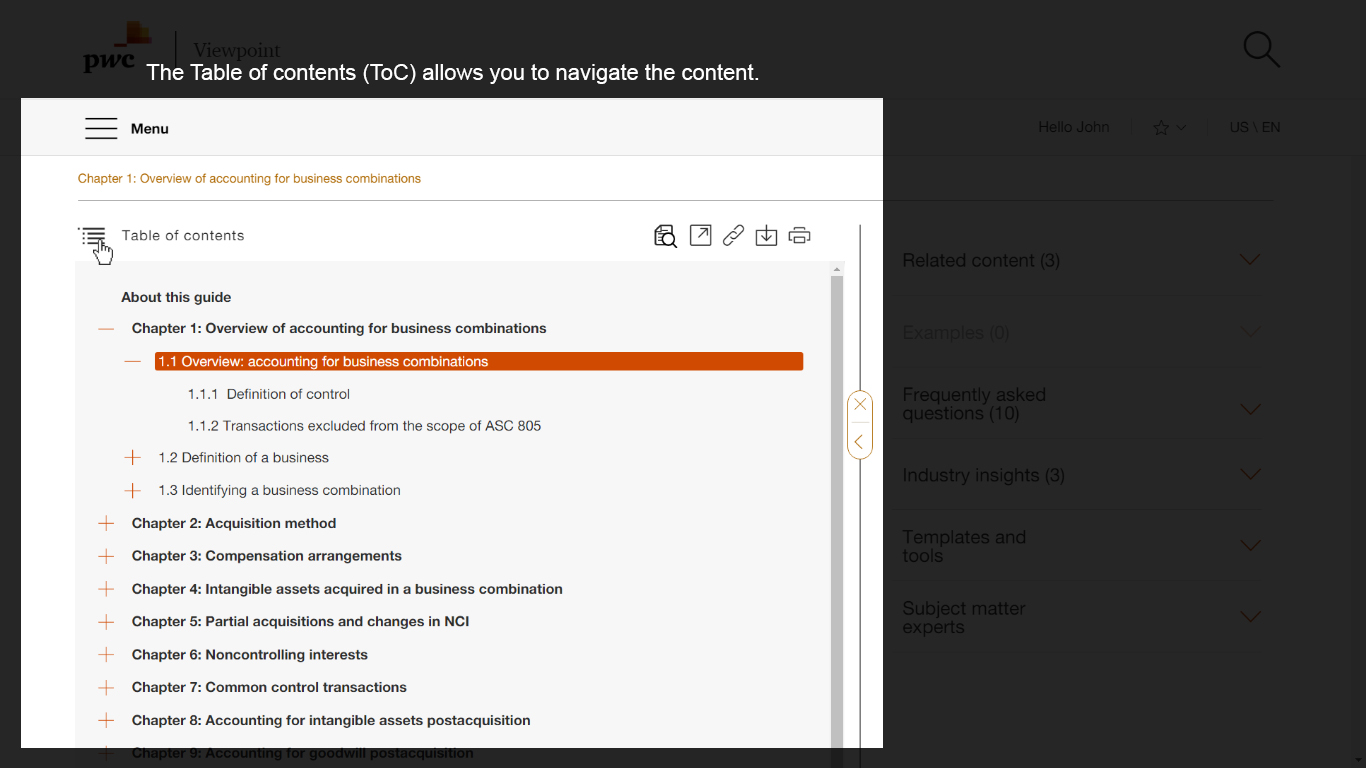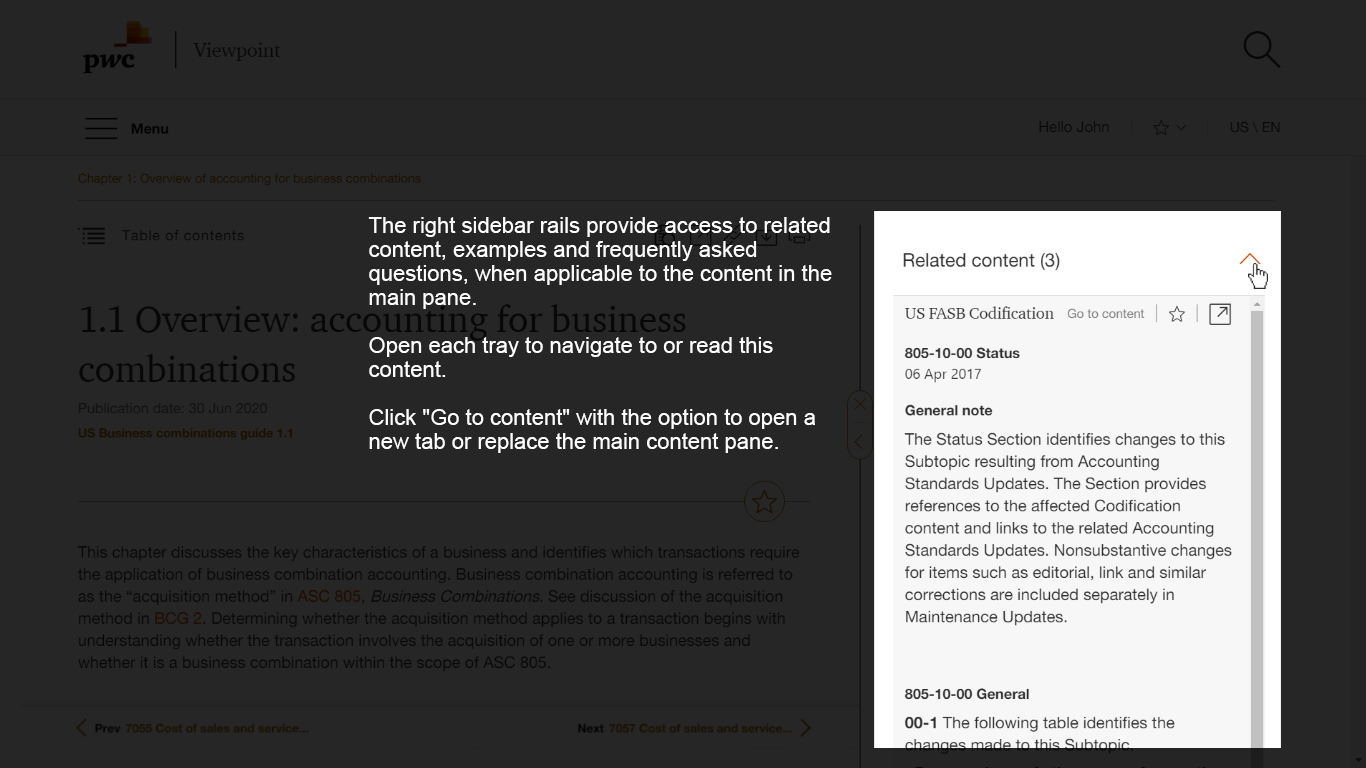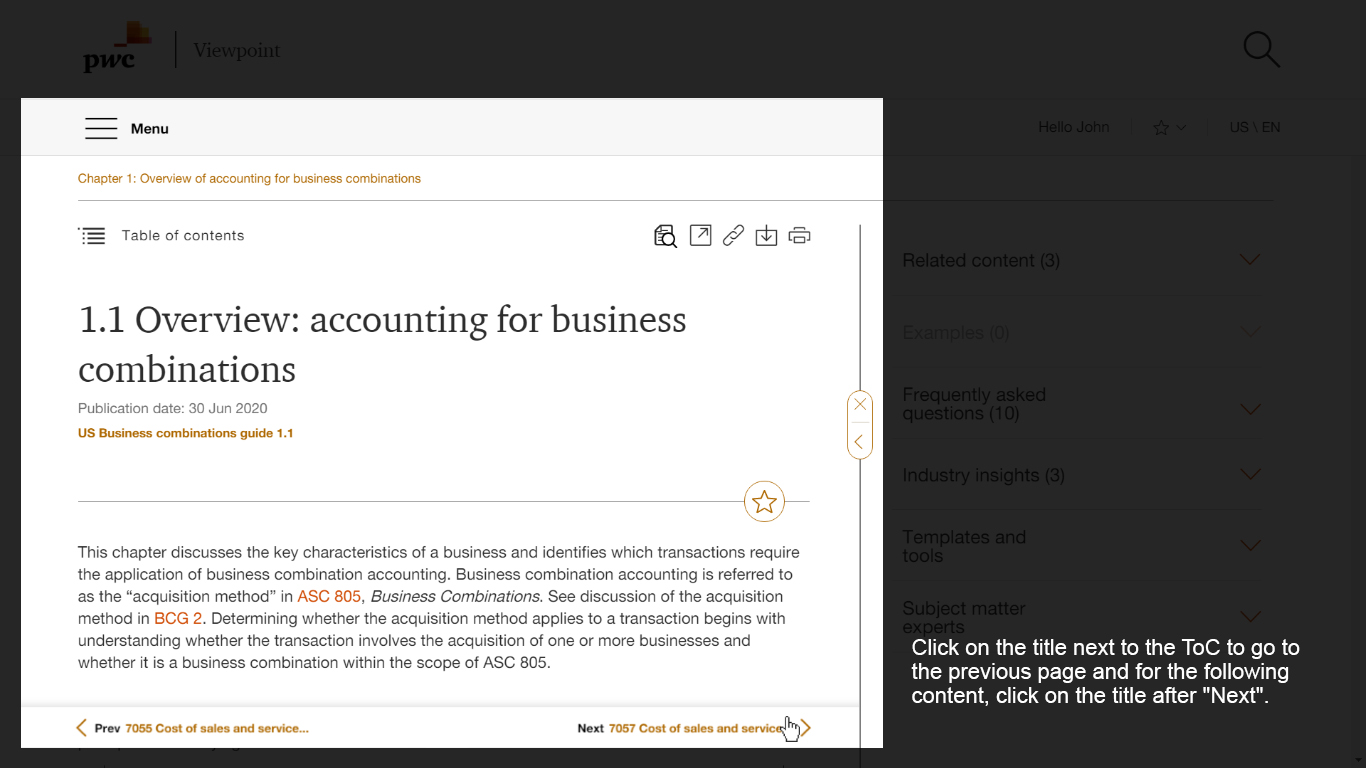If NCI is created as part of a business combination, where the reporting entity gained control over an acquiree while the seller retained a portion of the acquiree’s equity, the NCI would be recognized at fair value, as described in
BCG 5.3.1. This is the case whether the NCI is in the form of common stock or preferred stock, and whether it is redeemable or non-redeemable.
If non-redeemable or redeemable NCI is created through the sale of preferred stock to a third party (e.g., not in a business combination), the preferred stock NCI would generally be recorded at its issuance date fair value in accordance with the guidance in
FG 7.4 and
ASC 480-10-S99-3A (12).
If non-redeemable NCI is created through the sale of common stock to a third party (e.g., not in a business combination),
ASC 810-10-45-23 specifies that NCI is measured initially based on its proportionate ownership interest in the carrying amount of the subsidiary. Any difference between the fair value of the consideration received and the NCI recognized would be reflected in APIC, as illustrated in Example BCG 5-6. As noted above, when preferred stock is issued to a third party, the initial carrying amount is the fair value of the consideration received, as described in
FG 7.4, and APIC is not adjusted.
Non-redeemable NCI is (1) reported as part of equity of the consolidated group, (2) recorded separate from the parent’s interests, and (3) clearly identified and labelled (e.g., NCI in subsidiaries) to distinguish it from other components of the parent’s equity. The presentation of NCI is further discussed in
FSP 2.5.
If redeemable NCI is created through the sale of common stock to a third party and will be classified as mezzanine, or temporary, equity as discussed in
BCG 6.2.1.4, questions arise as to whether it should be initially recorded following the guidance in
ASC 810 or
ASC 480-10-S99. Specifically,
ASC 480-10-S99 states that the initial amount presented in temporary equity should be the initial carrying amount of the noncontrolling interest pursuant to
ASC 805-20-30-1, which in a business combination is its acquisition-date fair value.
We believe that if the fair value of common stock NCI (i.e., the consideration received) exceeds the proportionate interest in the carrying amount of the subsidiary (i.e., the
ASC 810 amount), and the fair value of the common stock is less than the calculated redemption amount of the NCI, the NCI should be initially recorded at its fair value. The amount should be accreted to its redemption value, as appropriate, as described in
BCG 6.4.2.
Example BCG 6-2 illustrates the initial carrying amount of redeemable common stock NCI resulting from a sale of the common stock of a subsidiary.
EXAMPLE BCG 6-2
Sale of redeemable shares in a business
Company A has a wholly-owned subsidiary, Company B. Company A sells a 20% interest in the common shares of Company B to outside investors for $200 million. Company A maintains an 80% controlling interest in the subsidiary. The carrying value of the subsidiary’s net assets is $600 million.
Embedded in the 20% interest is a put option that gives investors the right to put the interest to Company A after 3 years for $250 million. It was determined that the put should not be separately accounted for and that NCI should be classified as mezzanine equity.
What is the initial carrying amount of the redeemable common stock NCI?
Analysis
$200 million. The fair value of the shares (i.e., the consideration received) is greater than the proportionate interest in the carrying amount of the subsidiary, which is $120 million ($600 million × 20%). Additionally, it is less than the redemption amount of the instrument (i.e., $250 million).
The journal entry recorded on the issuance date for the 20% interest sold would be as follows (in millions):
|
Cr. NCI - mezzanine equity |
$200 |
|
If, at the issuance date of the redeemable common stock NCI, the fair value is greater than the calculated redemption amount, and the calculated redemption amount is greater than the proportionate ownership interest in the carrying amount of the subsidiary (i.e., the amount based on
ASC 810), we believe the NCI should be recorded at the calculated redemption amount. Any difference between the redemption amount and the fair value) should be reflected in APIC.
Similarly, if at the issuance date of the redeemable common stock NCI, the fair value is greater than the proportionate ownership interest in the carrying amount of the subsidiary, and that amount is greater than the calculated redemption amount, we believe the NCI should be recorded at its proportionate interest in the carrying amount of the subsidiary. Any difference between this amount and the fair value should be reflected in APIC. No decretion to the lower redemption amount would be recorded.
If, at the issuance date of the redeemable common stock NCI, the fair value is less than the proportionate ownership interest in the carrying amount of the subsidiary, we believe the NCI should be recorded at its proportionate interest in the carrying amount of the subsidiary, and the difference should be charged to APIC. If the calculated redemption amount is greater than the proportionate interest in the carrying amount of the subsidiary, the reporting entity should follow the accretion guidance in
ASC 480-10-S99-3A(15),
ASC 480-10-S99-3A(22), and
BCG 6.4.2.
If redeemable common stock NCI is initially recognized at an amount greater than its proportionate ownership interest under
ASC 810, that initial recognition should not be considered a deemed dividend, and therefore should not be viewed as an adjustment impacting the parent’s share of the subsidiary’s net income or its earnings per share.
Redeemable NCI classified as mezzanine equity is presented after liabilities and before stockholders’ equity on the balance sheet. Mezzanine equity should be separate from the stockholders’ equity accounts that are classified as permanent equity.












